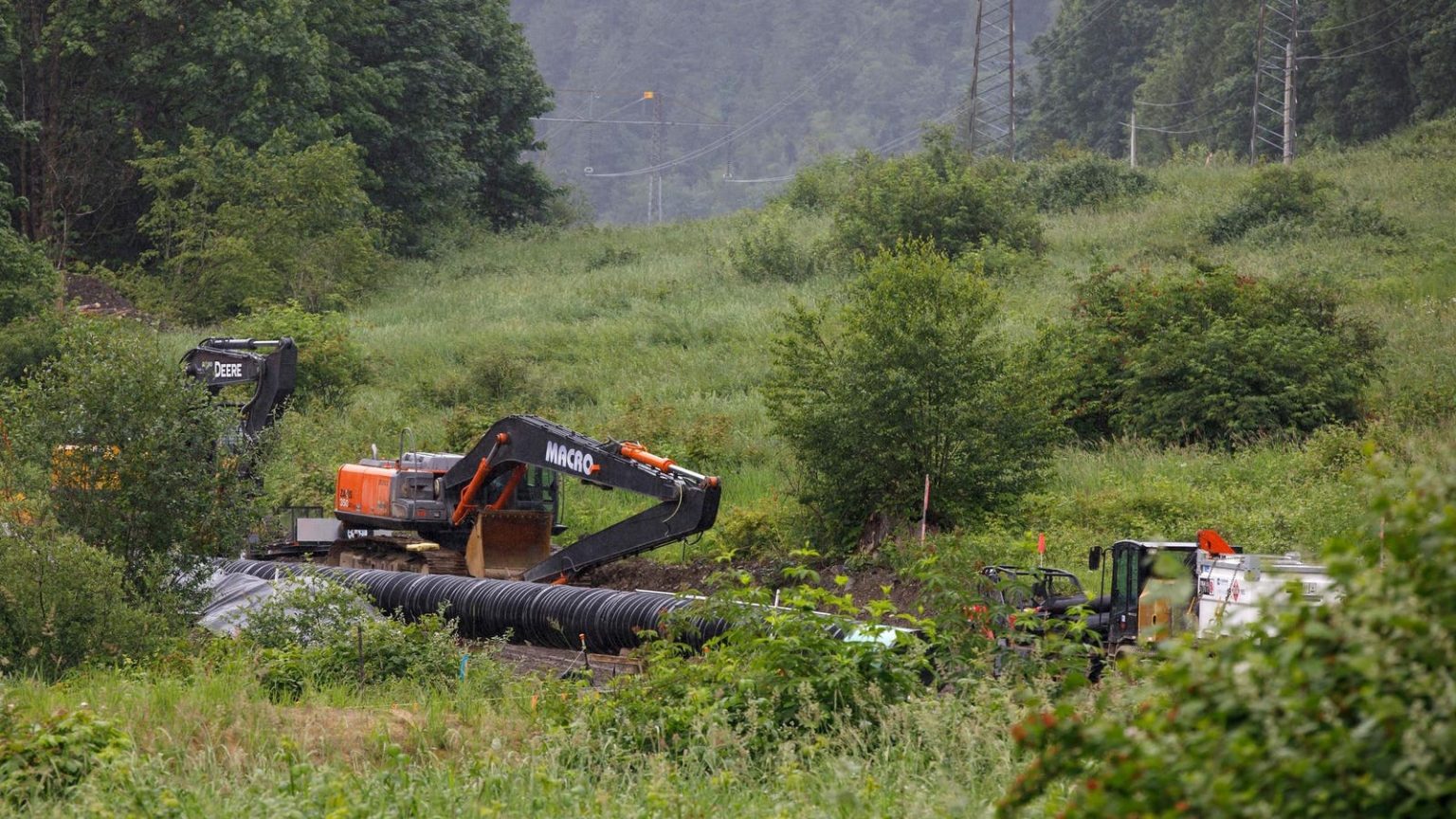“They aren’t making more land” is a classic real estate saying used for generations. It highlights the scarcity of land, one of the main rationales for investing with a long-term view. Premier real estate properties have been a great source of return since the location can’t be duplicated, and they create cash flows that exceed or at least grow with inflation. Interestingly, these themes have a lot of parallels in the oil and gas space today. The best resource was already rare, but now ESG dynamics, combined with inflation and labor shortages, are making it almost impossible to duplicate significant assets. “They aren’t making more” may become the relevant phrase in energy, and nowhere is this truer than the oil sands in Canada.
Every day, it becomes more challenging to receive permits for large projects globally. This is double true for energy projects as additional regulatory bodies are present and ESG considerations are accelerating. The fact multiple wind and solar projects have been delayed or outright blocked should give a sense of how difficult it is to do large projects anymore. These renewable projects are the exact ones that ESG stakeholders should want to see. Still, the movement has become broader than any specific goal, and projects of all types have become casualties. Oil and gas projects don’t stand a chance if renewable projects are not getting through.
For energy assets in certain regions, we may be looking at the last of those types of assets ever built. This becomes great for incumbents as they compete with less supply. “Existing oil sands assets, particularly in Alberta, are close to irreplaceable in the current regulatory environment. New project approvals have become increasingly difficult, although the recent repeal of bill C-69 helps moderate this,” said Connor Waterous, CFO at Strathcona Resources. Strathcona has bet heavily on this theme, scooping up under-appreciated energy assets, including oil sands, over the last few years.
This bet may prove to be wise in the current inflationary environment as oil sands assets are well positioned to control their costs from inflation vs peer projects. This is because costs are front-loaded, with lower maintenance costs after that. With major costs behind them and revenues increasing, this becomes a beneficial environment for these types of assets. “Oil sands assets are uniquely positioned to perform well in an inflationary environment, relative to other asset classes and oil assets,” said Connor. “For a typical oil sands asset, the price differential to WTI is the highest cost on your P&L, which isn’t affected by inflation and should decrease in the near term as new egress from the Trans Mountain pipeline comes online… oil sands should get the dual benefit of increasing revenue and decreasing costs in the near term.”
Oil sands assets have a longer life than other assets and now, like good real estate, can potentially never be duplicated. Oil sands names have outperformed other Canadian sectors, such as banks and utilities, over recent multi-year periods. It remains to be seen if this trend continues, and who the winners end up being, but the new dynamics in the sector are worth a second look.
Read the full article here





